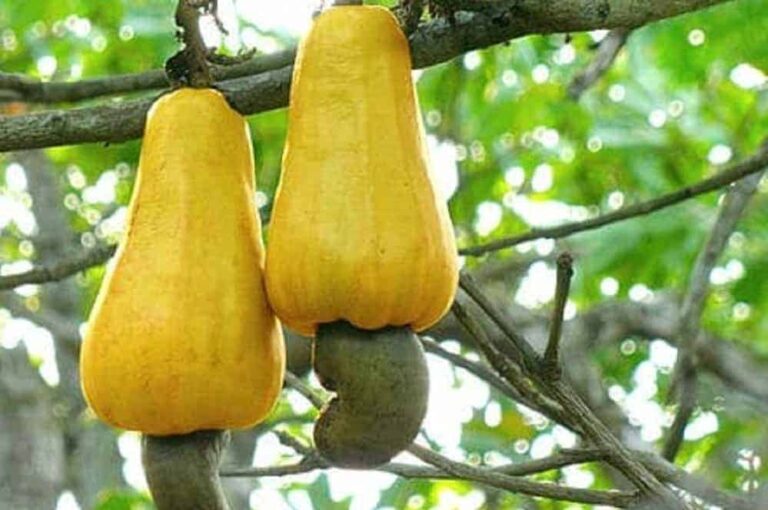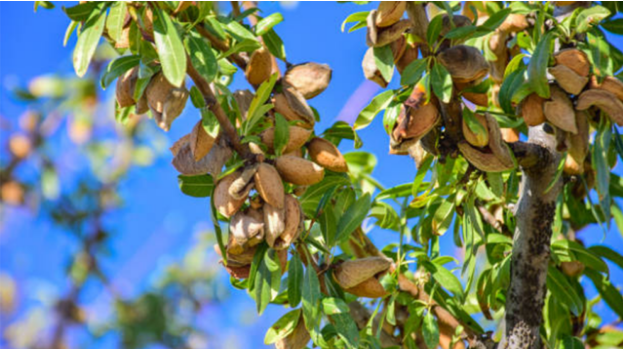Your cart is currently empty!
Regulation in China On Genetically Modified Papaya
As of 2021, the population of China stands at 1.402 billion people, making China the home of 18.47% of the world’s population. Despite these incredible statistics, China possesses only 6% of the world’s freshwater supply. They have a dominating 10% of the world’s arable land. It is easy to see how and why food security is such a critical issue in China.
This is not to say that China doesn’t produce food. In the year 2000, 70% of the Chinese population worked in agriculture. The proof is that China is a top producer of rice in the entire world. Contributing over 30% of global production. Over time the number of Chinese inhabitants working on farms has decreased to around 45%.
Genetically modified, or GM, crops may help China with its food shortage problem. In spite of this issue, this idea meets resistance. Although these crops do exist they are under tight legal controls. Currently, Genetically Modified Papaya is the only edible GM crop licensed for commercial production in China.
In this article, we will give you a brief history of GM crops in China. New GM papaya may lead the way to an innovative and sustainable food future.
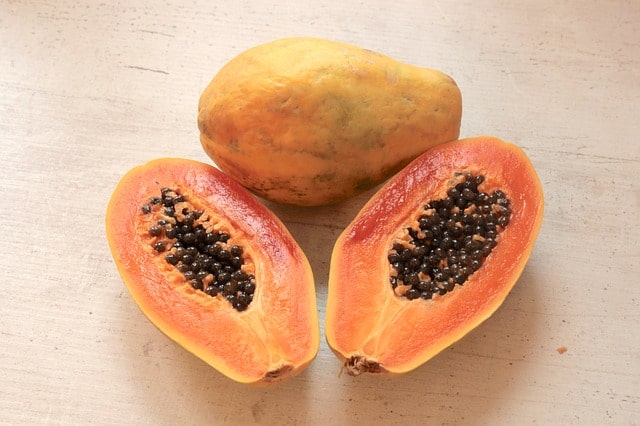
What are GMOs?
Genetically modified organisms, or GMOs, are plants or animals that have had their DNA artificially altered. In some ways, genetic manipulation has been around for millennia in the form of plant domestication. Humans have used selective breeding to create certain types of fruits, vegetables, and flowers.
But the GMOs we are talking about today are where the DNA of a plant will have changes made using technology. There are many reasons to do this. A good reason is to increase the nutritional value of food or to protect organisms from disease. Genetically modified crops have been slowly growing in popularity over the years, with China at the helm of global innovation.
Adoption of GM crops in China
The 1970s saw an explosion in annual crop production in China. Total grain production increased by over 100 metric tons between 1978 and 1984. Undoubtedly, the liberal use of pesticides by farmers is one of the most important reasons for this growth. However, the good times couldn’t last forever, and it wasn’t long until the devastating effects of pesticides became apparent.
By the early 1980s, China had begun to shift its focus away from pesticides and toward genetic modification. China was the first country in the world to begin commercial farming of GM plants. Despite the initial success of virus-resistant tobacco varieties and vitamin A-enriched rice, the introduction to the market of GM crops was not smooth sailing.
The Golden Rice Controversy
GM crops seemed to be the ideal solution for China’s food supply issues. Skepticism around the safety of GM crops was widespread and reached a boiling point in 2012 with the Golden Rice Controversy. Golden Rice is rice that has been genetically modified to contain a large amount of vitamin A. This nutrient is considered essential for normal growth in children. Vitamin A deficiency has killed millions of children in the developing world. Scientists consider the lack of Vitamin A to be a cause of health issues for a third of all children under five. The need for a solution couldn’t be more apparent.
Nonetheless, Golden Rice could have been a benefit for malnourished children in China. Still, it was banned. A study was conducted on children in China without their parent’s knowledge was the reason for the banning. The rice itself wasn’t found to be dangerous. If anything, it was lifesaving. Without a doubt, using unsuspecting participants was highly unethical.
We can see then, why GM plants can be so difficult to introduce into a farming culture, even when they hold some benefits. Today China heavily limits the farming of GM crops.
What GM Crops Do They Grow in China Today?
Of the 65 countries with regulatory approval for commercial GM crop farming, China is one of the most restrictive. Today, only two GM plants have permits to grow on commercial farms in China: virus-resistant papaya, and Bt cotton. Initially, there were several different types of GM food crops being grown in China. Some of these crops include sweet peppers and tomatoes. These were quickly banned as the community decided they did not want the risk their health.
The Development Of Genetically Modified Papaya

The papaya-producing Hawaiian district of Puna first reported a case of Papaya Ringspot Virus (PRSV) in 1992. To make matters worse, Scientists discovered that pesticides could not stop the spread of PRSV. Within weeks, the papaya industry in Hawaii collapsed.
Papaya is an important food product in China due to its use in food, industry, and traditional medicines. Unfortunately, PRSV also had a devastating impact on Chinese wholesale papaya production. In response, the Chinese adopted a GM variety of papaya that was resistant to PRSV.
Research into virus-resistant papaya began in China in the 1990s. In 2006, Genetically Modified Papaya plants found approval for commercial use. Today, China grows around 9,600 hectares of Genetically Modified Papaya every year.
The government has never released data on the profitability of these fruits. It is difficult to determine how successful the crop has been when you compare it to its non-GM counterpart.
Clearly, China considers the papaya important since it is the only edible crop they grow commercially in their country. Safe to say that it has had a positive socioeconomic impact.
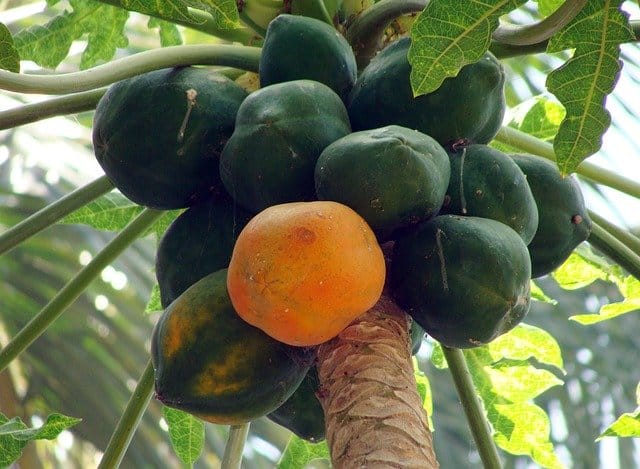
Are there risks with GM food?
Genetically modified foods have always been controversial. Although GM foods promise an end to malnourishment and crop failure, they also pose risks. These risks find an association with introducing non-natural organisms into the environment.
The Golden Rice from 2012 was an excellent example of how GM food can improve health but at the cost of public support. In fact, even before 2012, there was already unease among the public about GM food. A 2010 study based in China found that 84% of the 50,000 respondents would avoid GM foods out of concern for their safety.
As GM foods are comparatively new, it’s difficult to say that they definitely won’t have long-term health implications. To the date of writing up this research, no evidence has been found that eating GM food is harmful. That doesn’t mean they don’t exist.
Importantly, this article is not about the pros and cons of GM crops. Alternatively, it is important to consider all the arguments when talking about the history of GM papaya in China. We cannot talk about genetic modification without speaking about social concerns people have about what they eat.
Legislation and Regulations in China
All GM crops in China are closely regulated by the Ministry of Agriculture (MOA). The MOA oversees every step of agricultural GMO production from testing to processing, import, and marketing.
The MOA grants every license for selling agricultural GM crops. Each business must pass a biosafety assessment. This assessment process is long and costly. Broken down into five stages:
- Laboratory research
- Restricted field trials
- Environmental release field trials
- Preproduction testing
- Application for certificate
From here, the MOA classifies each new GM crop according to its level of risk to people, plants, animals, and the ecological environment. Throughout all stages of applying for a biosafety certificate, the researchers must fully cooperate with the MOA. The government will halt the application process if any part of the process fails. In many ways, this process is very similar to pharmaceutical development and requires similar time and funding commitments.
The Chinese government is pushing forward with plans to increase the amount of money and research they commit to GM agriculture and research. To overcome consumer fears, the MOA is investing large sums of money into GM food safety assessment and education.
It is in the MOA’s best interests to have the approval of the Chinese people. For this reason, this established GM crop industry is supporting the economy.
Where are we today?
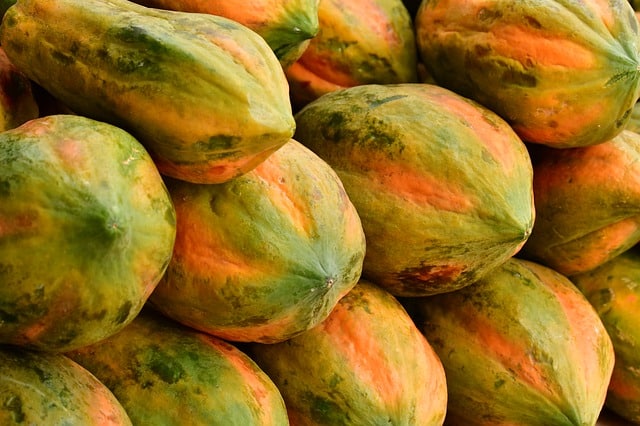
China launched the era of GMO research and has sold patents to farmers around the world. They have had a complicated history with their own use of GM crops. Undoubtedly, there is a routine of introducing and then banning GM crop varieties due to pressure from consumers and farmers alike. Genetically Modified Papaya has remained legal and allowed as one of the most essential crops in China. Subsequently, it may be paving the way for the expansion of the Chinese GM agriculture industry.
In recent years Chinese regulatory bodies have dedicated more resources to promoting the benefits of GM crops. The future will tell us if China will financially benefit from its own innovation.




